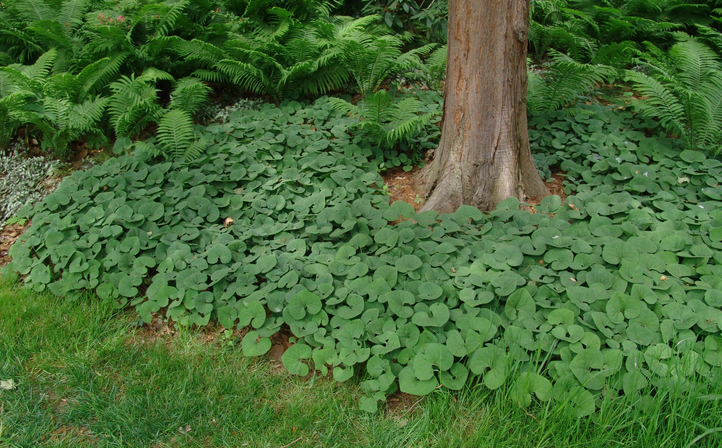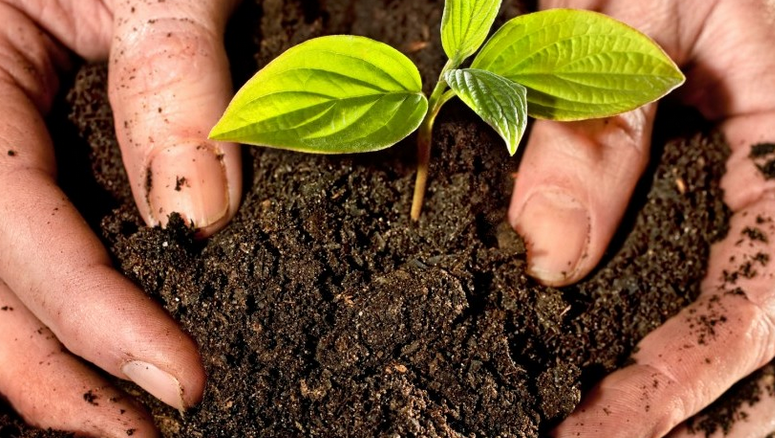If your yard receives full shade on a daily basis, there are some plants that do well in this environment. Begonia, Ligularia, Toad lilies, and Hostas are just a few examples. All of these plants need some sunlight, but they will still thrive in a shade garden.

Begonia
Begonias should grow in full shade and receive less than six hours of direct sunlight per day. This is because too much sun can burn the foliage, causing it to curl and wilt. The Peacock Begonia and Polka Dot Begonia are especially susceptible to this problem. They may also develop yellowish or brown spots on their leaves. They are also susceptible to aphids, which cause them to shrivel up and die. In addition, too much light can stress the roots, resulting in halotropism and root rot. They also won’t be able to absorb the valuable nutrients that they need to thrive.
Ligularia
Ligularia is an excellent shade garden plant. Although it is tolerant of a range of light conditions, they grow best in full or partial shade. The plant can tolerate a small amount of direct sun, but will wilt quickly in midday sunlight. It prefers filtered light in full or partial shade.
Toad lilies
Toad lilies are native to shady forests, and they thrive in partial or full shade. They are not suited for warm, dry climates and will turn brown if deprived of moisture. They also need a slightly acidic soil to thrive. If you do not have access to this type of soil, you can add organic matter to the soil to make it more hospitable to toad lilies.
Hostas
The foliage of hostas comes in a variety of patterns, colors, and textures. They thrive in shade and are low-maintenance plants that are easy to grow. Some cultivars are even drought -tolerant. The thicker leaves are also said to repel slugs, making them a great choice for shady locations.
Azaleas
Azaleas prefer a shade-friendly location in the garden, but if they have to be exposed to too much sunlight, you might be disappointed with the result. The plant will be smaller and more compact, and it won’t bloom as profusely or as quickly. In addition, it will be more susceptible to diseases, drought, and sunburn.
English ivy
English ivy grows best in full sun, but can be grown in partial shade if the soil is moist and loose. This plant can be susceptible to several pests. These include aphids, mealybugs, scales, whiteflies, and mites. These pests can be eliminated using an insecticidal soap or a vinegar solution.
Impatiens
Impatiens grows best in full shade, but can also be grown in part sunlight. The ideal soil for impatiens is one that is rich in organic matter, humus, and water. The soil should also be well- drained. Impatiens also prefer rich soil with consistent moisture. They need high-quality potting soil that has a high level of humus to promote root growth. Pulverized compost or perlite are excellent options.

Hydrangeas
Hydrangeas grow best in full shade, though they’ll tolerate full sun in warmer regions. These plants bloom in midsummer in a rosy blush tone. Their foliage starts out dark green but gradually turns reddish bronze.
